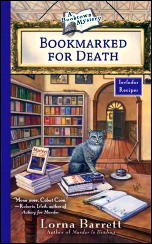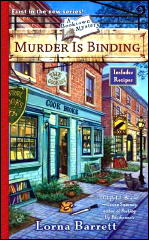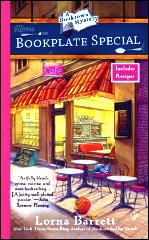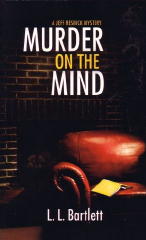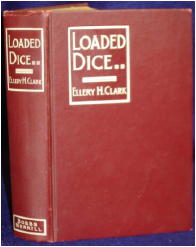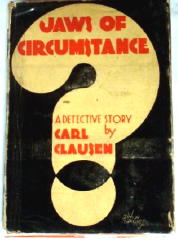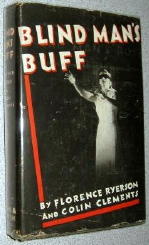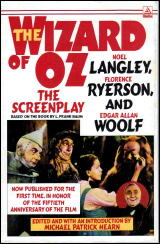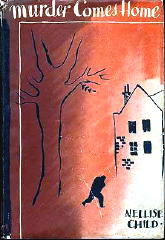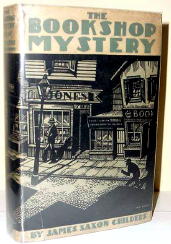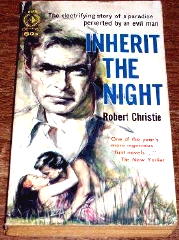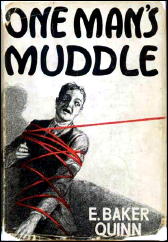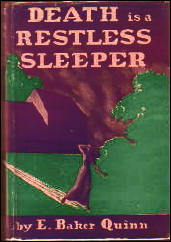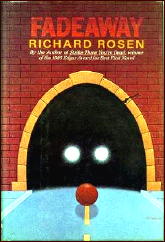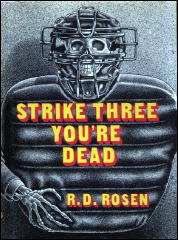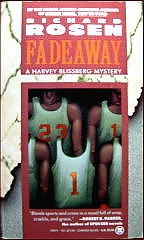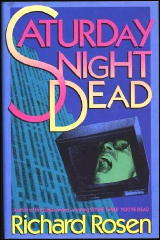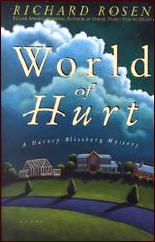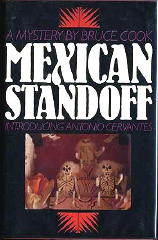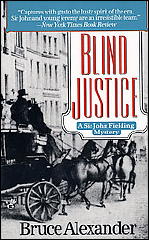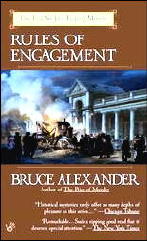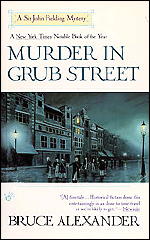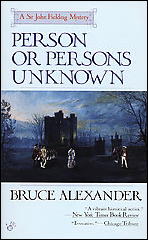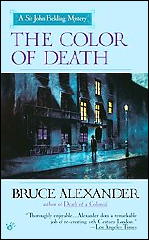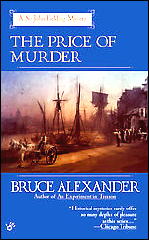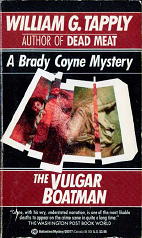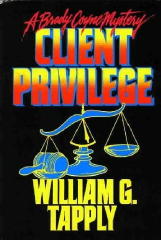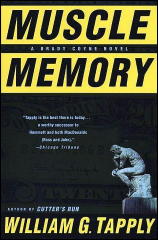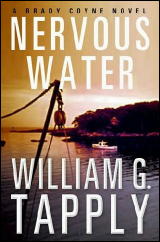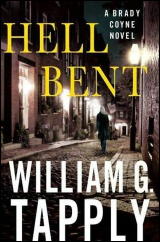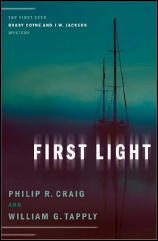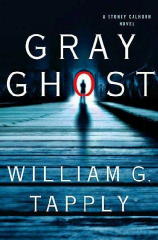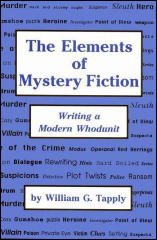Fri 28 Aug 2009
Review: FAY GRISSOM STANLEY – Murder Leaves a Ring.
Posted by Steve under Authors , Reviews[10] Comments
FAY GRISSOM STANLEY – Murder Leaves a Ring.
Dell 662; paperback reprint; no date stated, but circa 1953. Cover art: James Meese. Hardcover edition: Rinehart & Co., 1950. Hardcover reprint: Unicorn Mystery Book Club, 4-in-1 edition, January 1951.
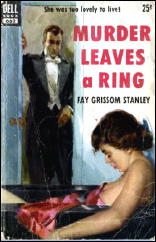
It’s difficult to make out from the image I found, but if I’m reading what’s in the small circle on the cover of the hardcover edition correctly, this book was the winner of a “Mary Roberts Rinehart Mystery Contest.”
It was also one of only two mystery novels Fay Grissom Stanley, 1925-1990, wrote. The other was a paperback original from Popular Library in 1975, a gothic romance titled Portrait in Jigsaw, as by Fay Grissom.
There is a short online autobiographical sketch by her daughter, Diane Stanley, an illustrator and author herself, in which she talks about her mother (follow the link), and mentions other books she wrote. Her mother was taken ill by tuberculosis for several years, which may explain the long gap between the two books, and perhaps why there were only two.
Murder Leaves a Ring is pure detective fiction, and the cover (as you will have seen for yourself) falls into the “body in a bathtub” subgenre. It’s told by the primary protagonist, Katheryn Chapin, a would-be mystery writer herself, as we learn on page one: she’s working on the manuscript of a novel called “Murder on Monday,” just before climbing into a tub, where she first must clean the ring left behind by one of her two roommates, a showgirl named Iris McIvers.
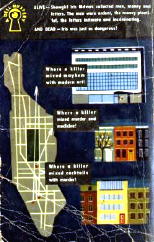
Later on, during a party of fellow Manhattanites, many in the world of the theater, it is Iris’s body who’s found in the very same tub, fully clothed, but with a stocking knotted tightly around her neck. It is learned soon after that Iris had been doing a brisk business of shakedown if not out-and-out blackmail – among other secrets that Katy and Bonnie, the other roommate, had not known about her.
One of Iris’s recent meaner tricks was that of stealing Katy’s fiancé from her, a writer of plays named Mark, and it is her that Katy tries to protect when questioned by the police in the form of Captain Steele, who castigates her quite vigorously on pages 76-77 for both her lack of observation (significant, he suggests, for someone who hopes to write mysteries) and/or her lack of cooperation (for which at least the reader knows the reason).
There is a long laundry list of suspects in Murder Leaves a Ring – all to the good! – all with varying degrees of conflicting interests, a map of the three girls’ apartment even before page one – and it’s needed! – and an elaborate trap for a suspected killer toward the end. And if I were to mention several twists in the tale along the way, I hope you will forget that I said that, as the pleasure’s in the reading, and not in the reading about it.
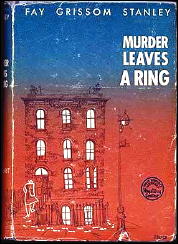
The opening chapters do not flow as well as they should – it was not surprising, after the fact, to learn that this was the author’s first book – but as the story picks up some momentum, so does Miss Chapin’s narrative, which becomes noticeably smoother and easier as her encounters with the police and the killer grow more and more serious.
Captain Steele is something of a conundrum, married to his job and seemingly hard-boiled through and through, but by the end he seems to have thawed out considerably, even to the extent of becoming perceptibly human.
If he and Miss Chapin had ever been in a second mystery novel together – and there is a hint of something in the air at the end, and perhaps with young Dr. Harrison, too – I’d snatch it up in an instant.

